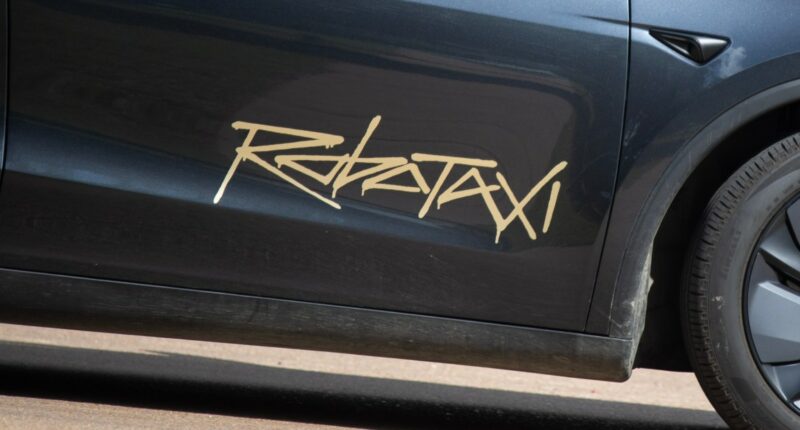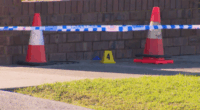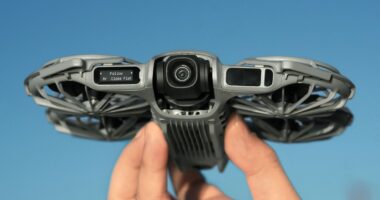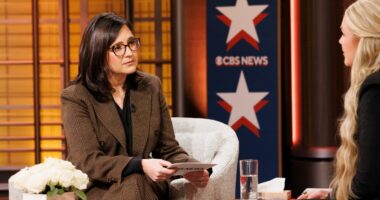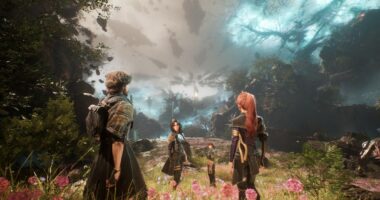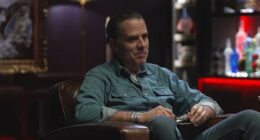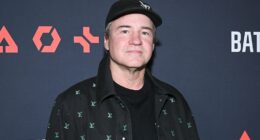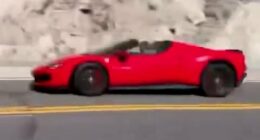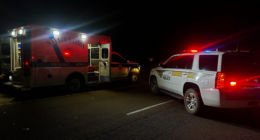Share this @internewscast.com
Tesla is aiming to introduce its robotaxi service to additional areas, targeting cities in Florida, Nevada, Arizona, and California, according to Elon Musk during a Wednesday earnings call. The company is currently trialing its Full Self-Driving (Supervised) feature in Europe and China with hopes to soon debut the debated product. Moreover, Tesla is planning a new version of its Optimus humanoid robot.
“We have accomplished what we set out to do,” Musk commented. “That doesn’t necessarily mean we meet every deadline, but we achieve our goals. Meanwhile, our critics are left looking foolish.”
This represents another indication that Musk is not letting the restrictions of Tesla’s autonomous driving technology hinder its swift growth. Tesla’s robotaxis in Austin feature safety monitors in the passenger seat with access to a kill switch—an option that Waymo doesn’t currently require for its commercial robotaxi service. The company still needs several permits to start a robotaxi business in California. Besides, their vehicles have experienced a series of minor safety infractions, including phantom braking and driving on the wrong side of the road, during the initial weeks of operation.
“Our naysayers are sitting there with egg on their face.”
Musk repeated his position that Tesla was “being extremely paranoid” about the rollout of its tech, but also couldn’t help himself from making broad, grandiose promises about the future — which is typical of the billionaire CEO. He said that 50 percent of the US population would have access to Tesla’s robotaxis by the end of the year. And he predicted that Tesla customers would be able to update their own vehicles to drive autonomously without supervision by the end of 2025.
Musk also cited “regulatory approvals” as possible obstacles to the fruition of his robotaxi dreams. Some states require companies obtain permits before rolling out autonomous vehicles for ridehailing purposes. But there are no federal requirements, and most companies are limited only by their own risk of liability if an accident occurs.
Musk has admitted in the past that people who own older Tesla vehicles with HW3 will need the company’s new HW4 or 5 computers in order to support its unsupervised version of Full Self-Driving. That hardware update is likely to be incredibly costly for the company. In today’s earnings call, Musk provided a brief update, saying that he wants to get unsupervised FSD finished on HW4 vehicles before figuring out what to do with HW3 vehicles. He stopped short of recommending that customers simply buy new vehicles.
Musk’s promise that regular Tesla owners would one day be able to update their cars to become fully autonomous vehicles has been at the core of the company’s huge valuation increase over the years. But now it seems that millions of Tesla owners are likely to be completely left out of that future.
